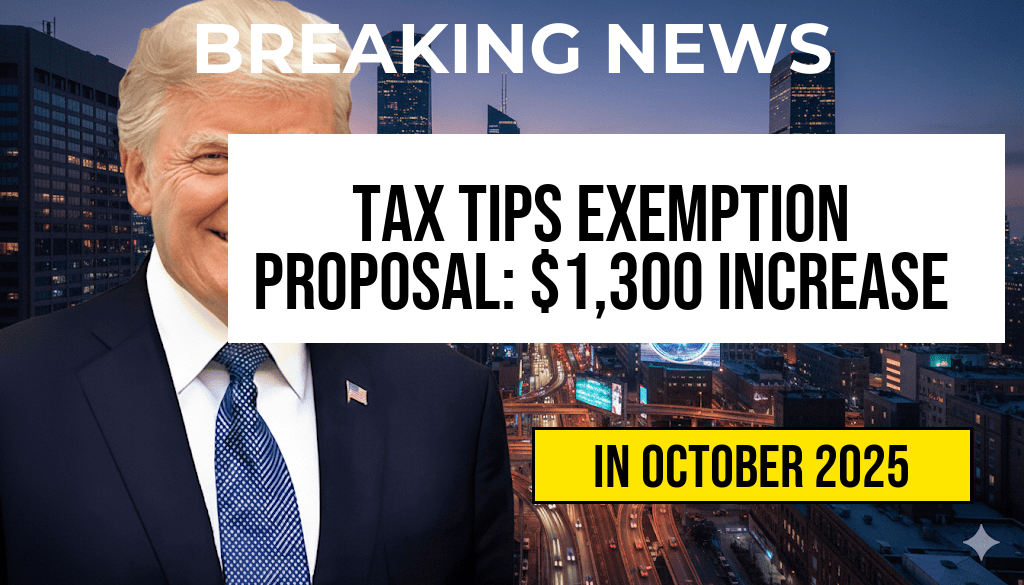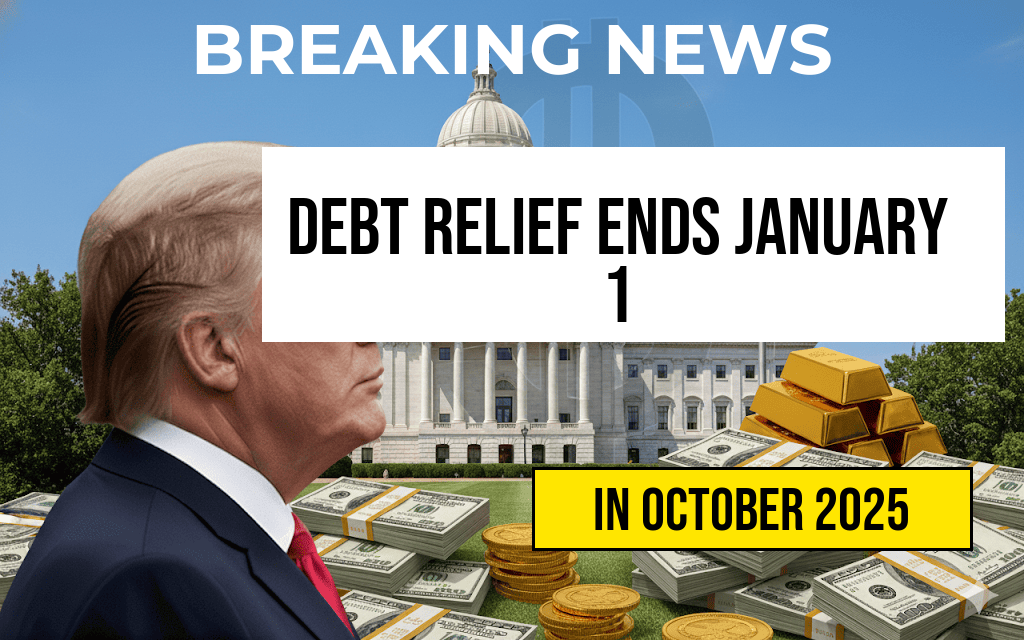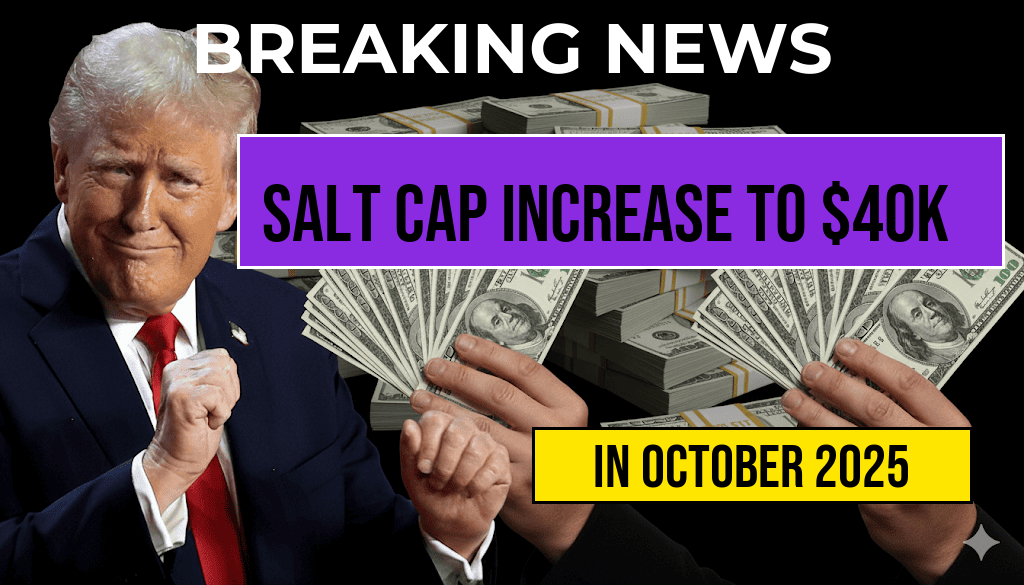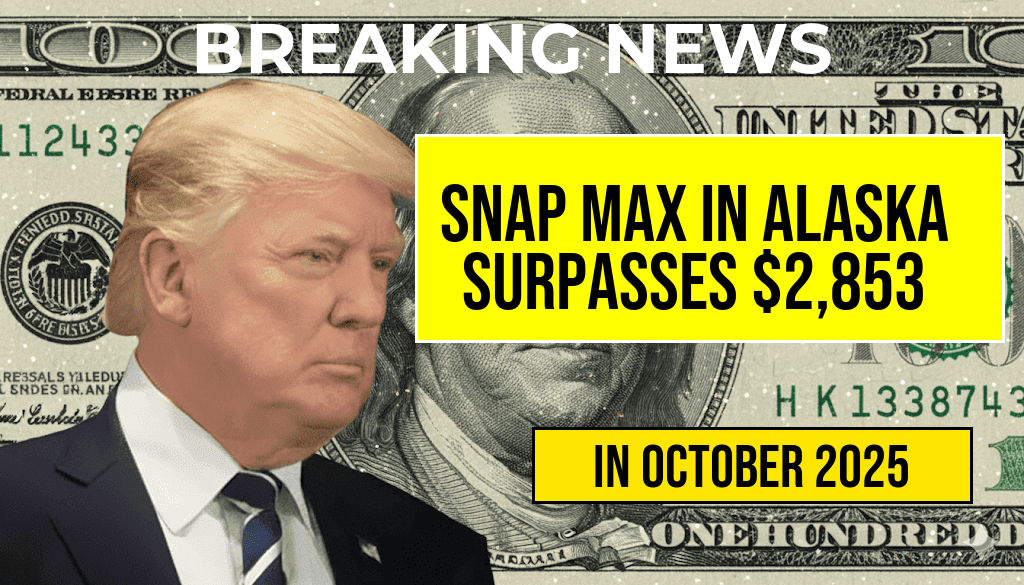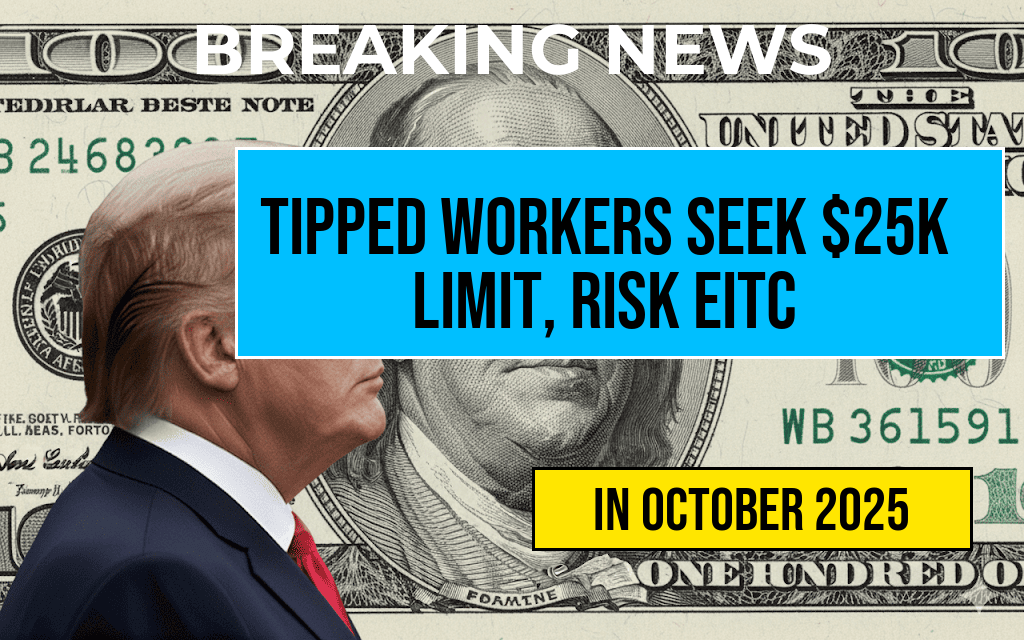Student Debt Forgiveness Tax Resumes January 1 as $20,000 Relief Ends
Millions of Americans who benefited from the federal student loan debt relief program will face a significant change starting January 1, 2024, as the temporary tax exemption on forgiven student debt expires. The program, which temporarily excluded forgiven student loan amounts from taxable income, provided a crucial financial break for borrowers during the COVID-19 pandemic. As this exemption ends, borrowers who have their student debt discharged or forgiven will likely see a substantial increase in their tax bills, potentially amounting to thousands of dollars. This development marks a pivotal shift in federal student debt policy, affecting an estimated 20 million borrowers who have sought debt relief through various forgiveness programs or loan cancellations. Stakeholders warn that this change could have ripple effects on borrowers’ financial stability and credit health, prompting calls for renewed legislative action and targeted support measures.
Background on the Student Debt Relief Program
The temporary tax exemption was introduced in 2021 as part of broader efforts to alleviate the financial burdens caused by the pandemic. Under the relief, forgiven student loan amounts up to $20,000 for Pell Grant recipients and $10,000 for other borrowers were excluded from federal taxable income. This policy aimed to encourage participation in debt forgiveness programs and ease economic stress for millions of Americans facing high monthly payments. The exemption, however, was always set as a temporary measure, and its expiration now reverts the tax treatment of forgiven debt to pre-pandemic norms.
Implications of the End of the Tax Exemption
| Forgiveness Amount | Taxable Income Impact | Estimated Additional Tax Liability |
|---|---|---|
| $10,000 | Full | Approximately $2,000 (assuming a 20% tax rate) |
| $20,000 | Full | Approximately $4,000 |
For borrowers who have had their student loans forgiven under income-driven repayment plans or through public service loan forgiveness (PSLF), the end of the exemption means they will now owe taxes on the forgiven amounts. Experts warn that this could lead to unexpected tax bills, forcing borrowers to scramble for funds during the tax season. Financial advisor Sarah Lee notes, “Many borrowers assumed that forgiveness was tax-free, especially given the temporary nature of the relief. The impending change could catch some off guard, especially those with limited savings.”
Legislative and Policy Responses
Several lawmakers and consumer advocates have raised concerns about the fairness of taxing forgiven student debt, arguing that it penalizes borrowers who are already struggling to repay their loans. Senator Elizabeth Warren and other progressive figures have called for legislation to extend or make permanent the tax exemption. In addition, some states follow federal tax rules and will also tax forgiven student debt, compounding the financial impact for residents in those jurisdictions.
Conversely, critics argue that taxing forgiven debt could generate federal revenue and help offset the costs of broader student loan programs. The debate continues as policymakers consider proposals to address the financial strain on borrowers while balancing fiscal responsibility.
What Borrowers Should Do Now
- Review Loan Forgiveness Status: Borrowers should confirm whether their debt forgiveness qualifies under current federal programs and whether any amounts will be taxable.
- Consult Tax Professionals: Given the potential for unexpected tax bills, consulting with tax advisors can help borrowers plan for the upcoming tax season.
- Explore Payment Options: Borrowers facing tax liabilities may consider setting aside funds or exploring income-driven repayment plans to mitigate financial strain.
- Stay Informed: Keep track of legislative developments, as Congress may introduce new measures to address the tax implications or extend relief measures.
The end of the temporary student debt tax exemption underscores the ongoing debate over how best to manage and support borrowers navigating the complex landscape of higher education financing. While debt forgiveness offers relief, the associated tax consequences highlight the importance of comprehensive policy solutions that balance debt relief with fiscal responsibility and fairness.
For more information on student loan programs and recent legislative updates, visit the Wikipedia page on Student Loans and the Forbes Education section.
Frequently Asked Questions
Question
When does the student debt forgiveness tax policy resume?
Question
What is the $20,000 relief limit that is ending?
Question
How will the tax implications affect borrowers who received student debt relief?
Question
Are there any exceptions or special considerations for certain borrowers regarding the debt forgiveness tax?
Question
What should borrowers do to prepare for the resumption of student debt forgiveness tax starting January 1?



